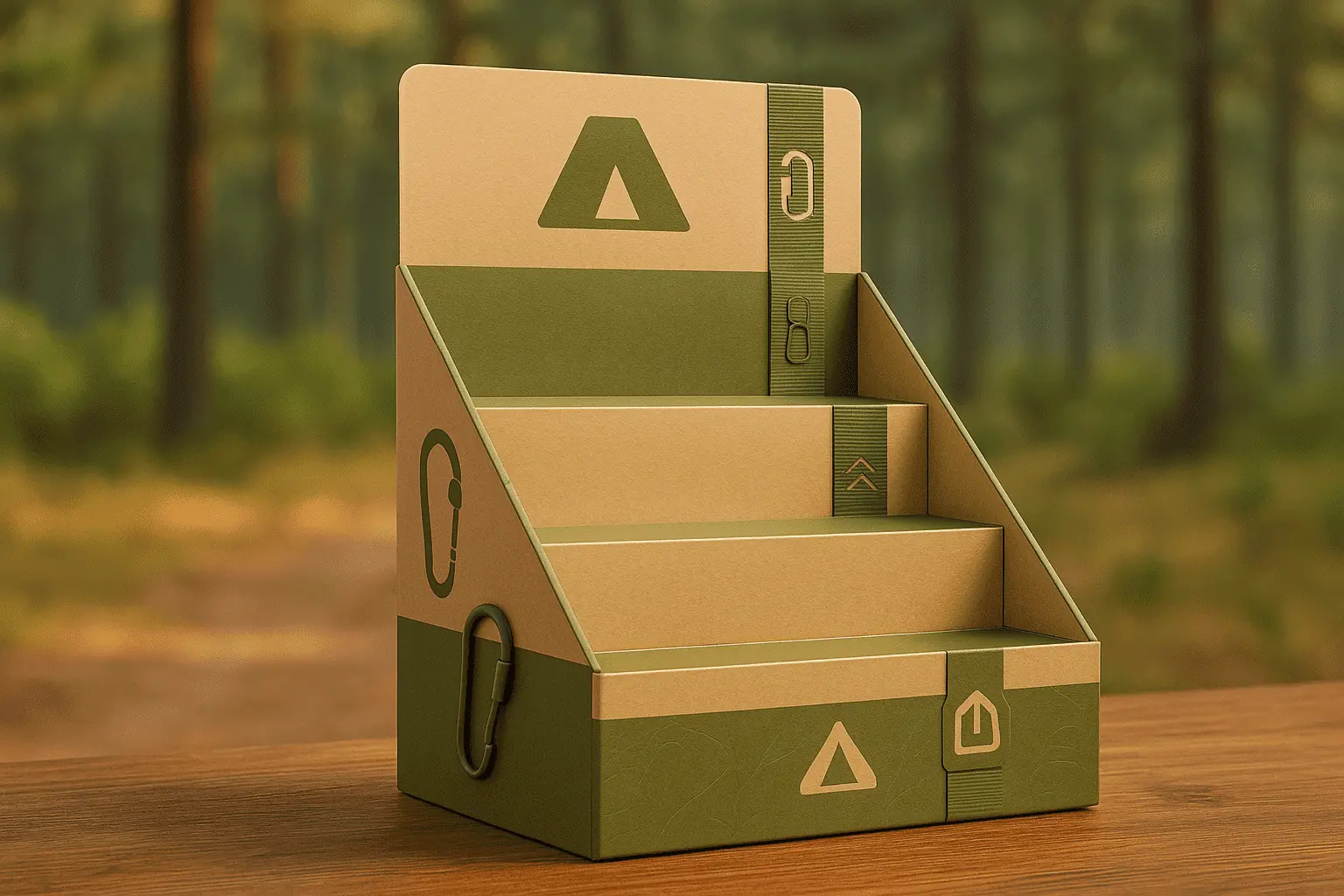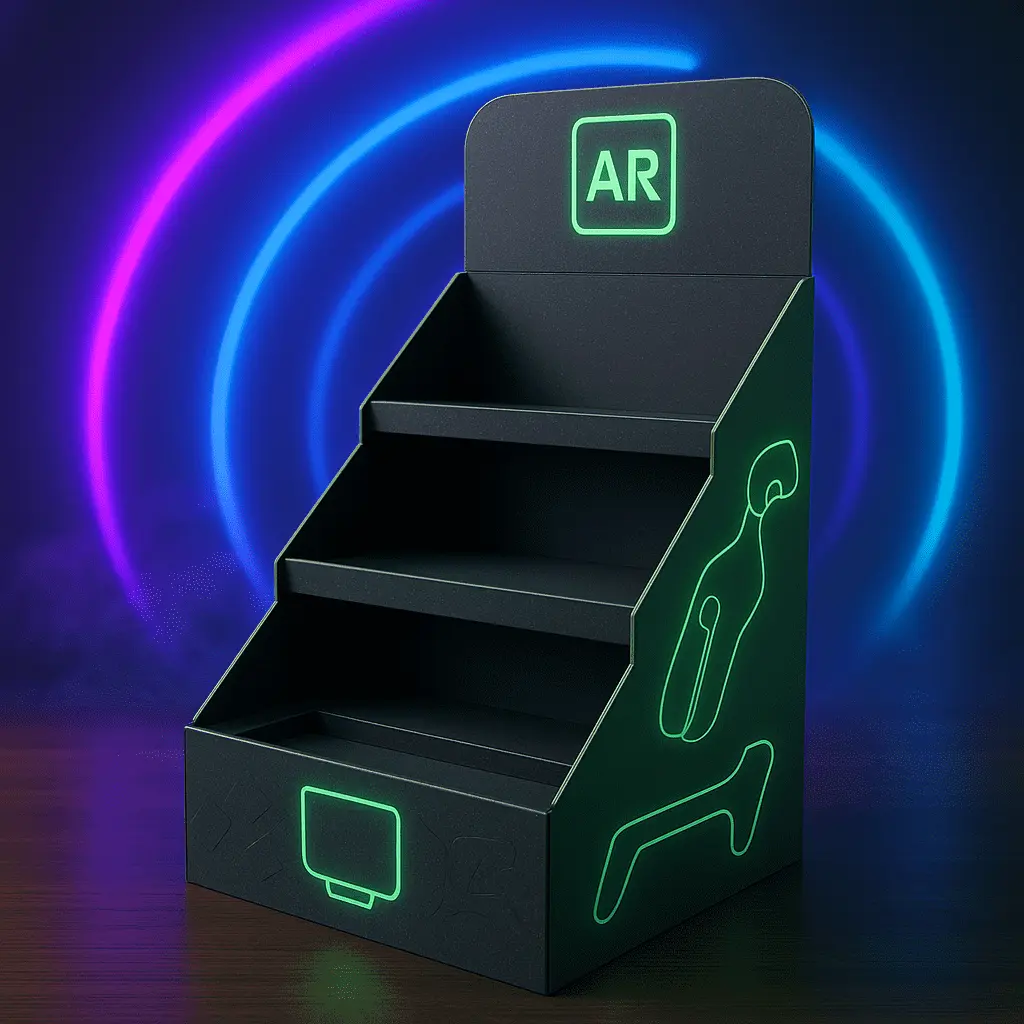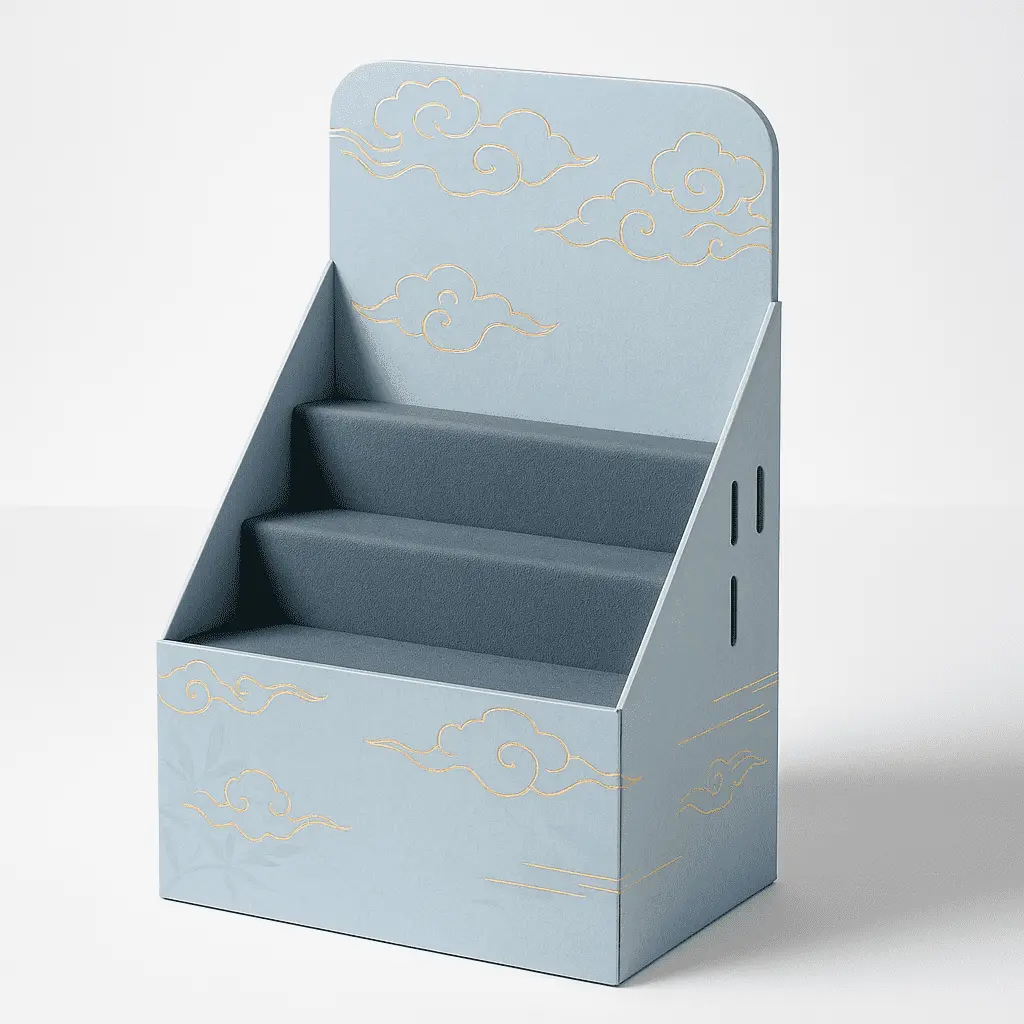The Evolution of PDQ Displays: From Conventional to Eco-Conscious
Traditional Display Challenges
In the past, retail displays often prioritized visual appeal over environmental considerations. Many were constructed from non-recyclable materials, contributing to the growing problem of retail waste. These displays, while effective in showcasing products, often had a short lifespan and ended up in landfills after serving their purpose. Additionally, the production of these displays frequently involved energy-intensive processes and the use of harmful chemicals, further exacerbating their environmental impact.
The Rise of Sustainable Materials
As environmental awareness has grown, so too has the demand for more sustainable retail solutions. This shift has led to the development of eco-friendly materials for PDQ displays. Innovative manufacturers now utilize recycled cardboard, biodegradable plastics, and even sustainable wood alternatives in their designs. These materials not only reduce the environmental footprint of displays but also often prove more durable than their traditional counterparts, extending the lifespan of the displays and providing better value for retailers.
Innovative Design Approaches
Modern PDQ displays are not just about using green materials; they're also about intelligent design. Designers are now creating displays that can be easily disassembled and recycled at the end of their life cycle. Some innovative designs even allow for the repurposing of displays, transforming them from product showcases to storage solutions or other functional items. This approach to design not only reduces waste but also adds value for retailers who can repurpose the displays rather than discarding them.
The Economic Advantages of Eco-Friendly PDQ Displays
Cost Savings in Production and Transportation
One of the most significant benefits of eco-friendly PDQ displays is their cost-effectiveness. The use of sustainable materials often leads to reduced production costs, as these materials are becoming increasingly available and affordable. Moreover, the lightweight nature of many eco-friendly materials results in lower shipping costs. This weight reduction not only saves money but also reduces the carbon footprint associated with transportation, aligning economic benefits with environmental goals.
Enhanced Brand Image and Customer Loyalty
In an era where consumers are increasingly making purchasing decisions based on a brand's environmental stance, eco-friendly PDQ displays can significantly enhance a company's image. By visibly demonstrating a commitment to sustainability, brands can attract environmentally conscious consumers and foster customer loyalty. This improved brand perception can lead to increased sales and a stronger market position, proving that sustainability is not just good for the planet but also for the bottom line.
Long-Term Financial Benefits
While the initial investment in eco-friendly PDQ displays might be slightly higher in some cases, the long-term financial benefits are substantial. These displays often have a longer lifespan due to their durability, reducing the frequency of replacements. Additionally, as environmental regulations become stricter, companies already using sustainable displays may avoid future costs associated with compliance or penalties. The adaptability of many eco-friendly displays also means they can be reused or repurposed, further extending their value and reducing overall expenses.
Implementing PDQ Displays: Best Practices for Maximum Impact
Strategic Placement and Design
The effectiveness of PDQ displays heavily depends on their placement within a retail environment. Strategic positioning near high-traffic areas or complementary products can significantly increase visibility and drive sales. The design of the display should be eye-catching yet functional, balancing aesthetic appeal with practical considerations such as ease of restocking and product accessibility. Utilizing bold colors, clear branding, and informative graphics can help attract customer attention and communicate key product benefits at a glance.
Customization and Flexibility
One of the key advantages of modern PDQ displays is their adaptability. Customizable designs allow brands to tailor displays to specific product lines, promotional campaigns, or seasonal themes. This flexibility ensures that displays remain fresh and relevant, capturing consumer interest over time. Some innovative displays even incorporate modular elements, allowing for easy reconfiguration to suit changing product assortments or retail layouts. This adaptability not only enhances the display's effectiveness but also extends its useful life, further improving its cost-effectiveness and environmental impact.
Incorporating Technology for Enhanced Engagement
As retail continues to evolve, so too do the possibilities for PDQ displays. Forward-thinking brands are now incorporating technology into their displays to create interactive experiences for customers. This can include QR codes linking to product information or promotional content, LED lighting to highlight key features, or even touch-screen interfaces for product customization. By blending eco-friendly materials with cutting-edge technology, brands can create PDQ displays that not only showcase products effectively but also provide engaging, memorable experiences that drive sales and foster brand loyalty.
Conclusion
PDQ displays have evolved from simple product showcases to powerful tools for eco-friendly and cost-effective retail marketing. By embracing sustainable materials, innovative designs, and strategic implementation, brands can leverage these displays to enhance their environmental credentials while boosting sales and reducing costs. As consumers increasingly prioritize sustainability in their purchasing decisions, eco-friendly PDQ displays offer a competitive edge in the retail landscape. The future of retail display is not just about catching the eye—it's about capturing hearts and minds through responsible, effective, and engaging product presentation.
Contact Us
Ready to revolutionize your retail presence with eco-friendly and cost-effective PDQ displays? We offer custom sizes, designs, and sustainable materials that align with your brand’s unique identity and eco-friendly goals. Contact us at support@fetchingprinting.com to explore custom solutions tailored to your brand's unique needs and sustainability goals.





